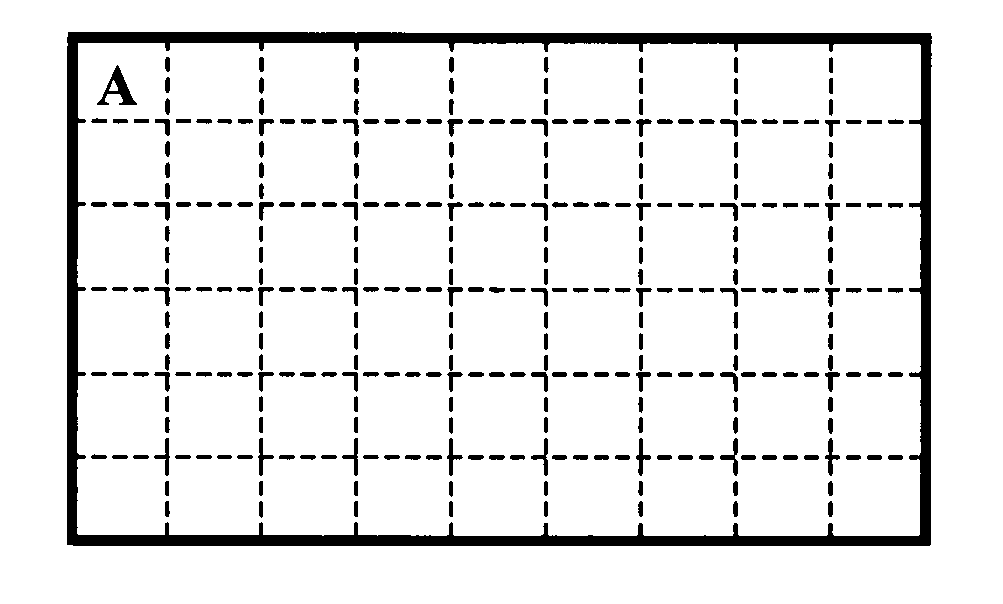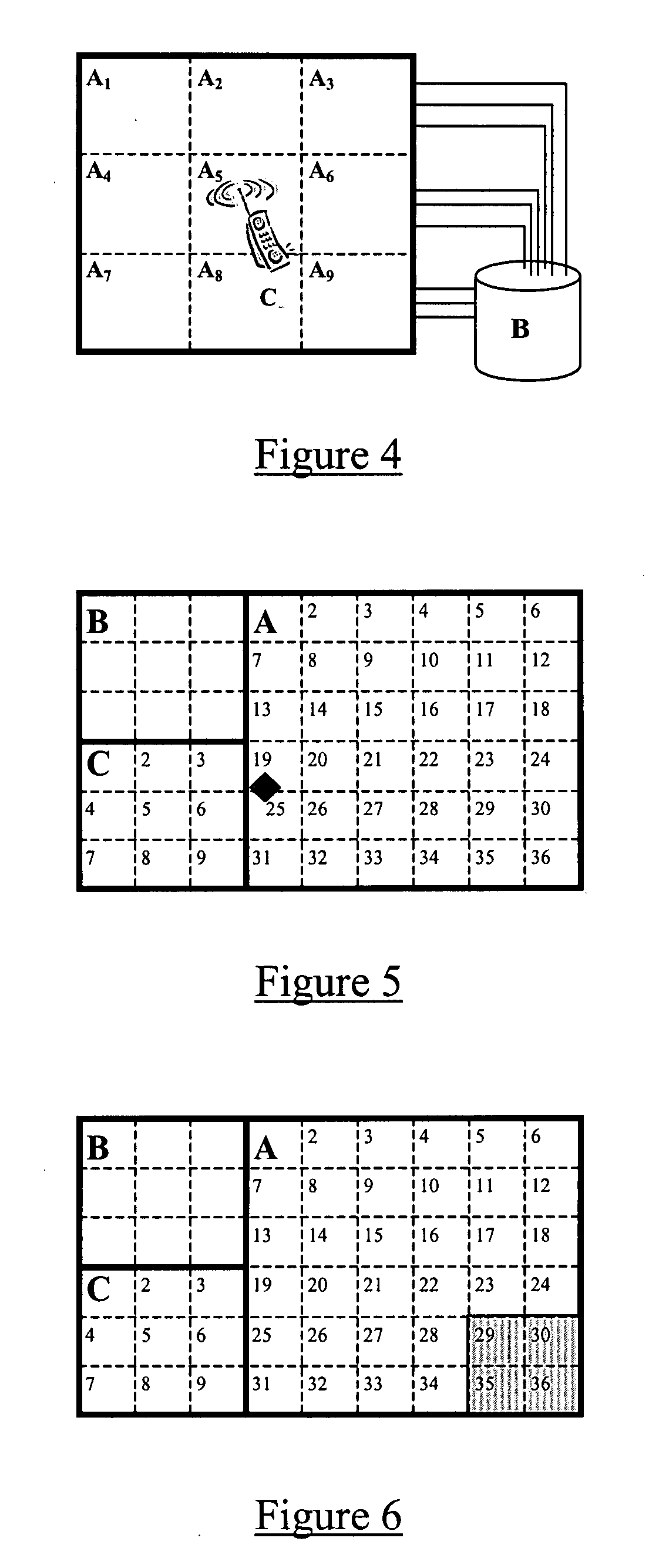Cellular network resource control method and apparatus
a technology of network resource control and control method, applied in the direction of electrical apparatus, wireless communication services, wireless commuication services, etc., can solve the problems of inability to adapt to the needs of users, inability to use radio resources in a relatively inefficient manner, and high-loaded parts of the network can easily become congested
- Summary
- Abstract
- Description
- Claims
- Application Information
AI Technical Summary
Benefits of technology
Problems solved by technology
Method used
Image
Examples
Embodiment Construction
[0029] As a solution to the problem of how to handle time-varying traffic levels in a radio access network, the size of the logical cells can be made dynamically flexible, so that they depend for example on the capacity required. The key assumption behind this solution is that the whole system area under consideration, as illustrated by the solid line in FIG. 1, is divided into a number of sub-areas “A” separated in the Figure by dashed lines, each one covered for example by a separate antenna lobe, passive antenna (or antenna system), or an active radio access port, see FIG. 1. As a simple example, the system area can be assumed to be a building within which cellular system coverage is desired.
[0030] In a low loaded network, the size of the logical cells can be large. Thus, several sub-areas can be combined into one logical cell, for example by transmitting the same downlink control channels using the same scrambling code for all sub-areas. In such a case, a mobile user terminal p...
PUM
 Login to View More
Login to View More Abstract
Description
Claims
Application Information
 Login to View More
Login to View More - R&D
- Intellectual Property
- Life Sciences
- Materials
- Tech Scout
- Unparalleled Data Quality
- Higher Quality Content
- 60% Fewer Hallucinations
Browse by: Latest US Patents, China's latest patents, Technical Efficacy Thesaurus, Application Domain, Technology Topic, Popular Technical Reports.
© 2025 PatSnap. All rights reserved.Legal|Privacy policy|Modern Slavery Act Transparency Statement|Sitemap|About US| Contact US: help@patsnap.com



